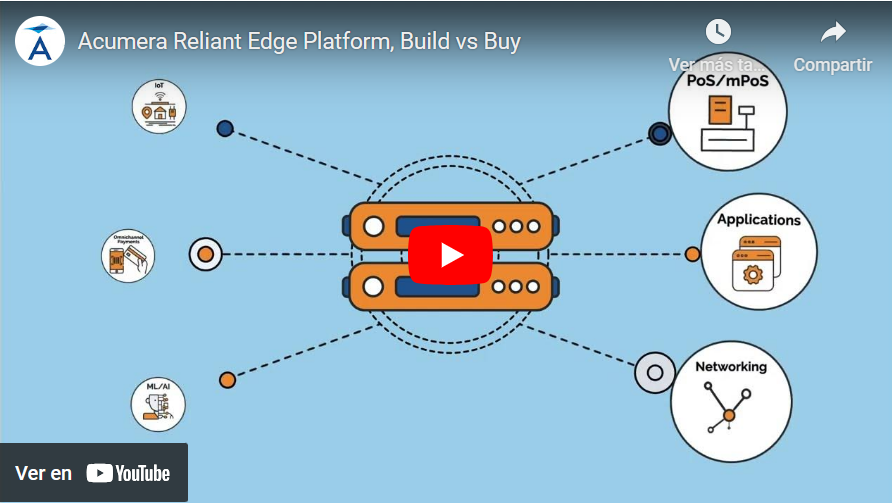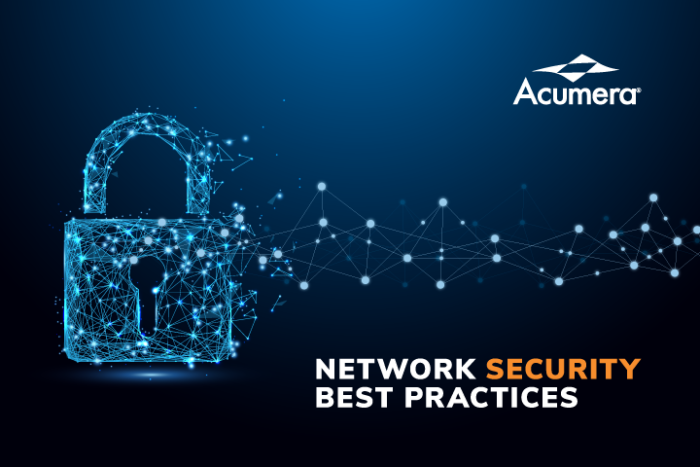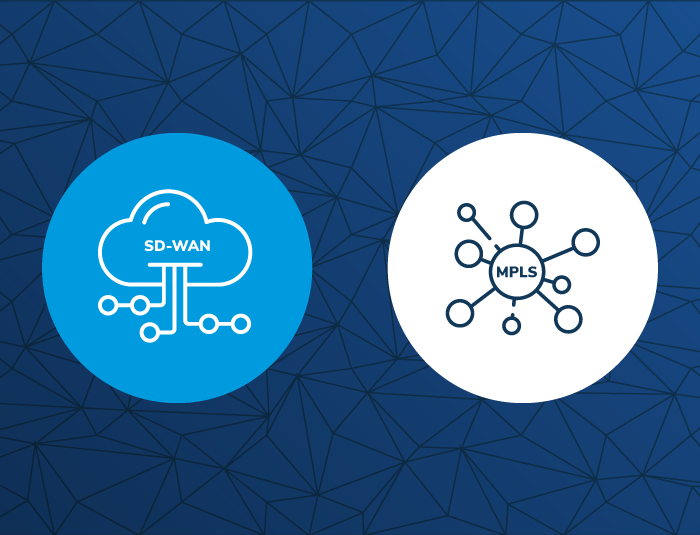

Introduction
In today’s interconnected digital landscape, network security has become an indispensable aspect of safeguarding an organization’s sensitive data and ensuring the smooth operation of its business processes. Modern enterprises are increasingly distributed and cloud-centric, which, while offering unprecedented flexibility and scalability, also brings about serious implications in terms of cybersecurity. As organizations increasingly rely on interconnected systems and remote access, the need for robust network security measures has never been more critical.
What is Network Security?
Network security encompasses a set of measures and practices designed to protect the integrity, confidentiality, and availability of an organization’s data and resources. In an age where digital assets are among a company’s most valuable possessions, network security becomes paramount. Strong network security is vital for sustaining trust among customers and partners and avoiding costly breaches that could severely damage your company’s reputation. Key aspects business owners should be aware of include:
- Data Protection: Ensuring that sensitive data, such as customer information and proprietary business data, remains secure.
- Access Control: Implementing mechanisms to restrict access to authorized personnel only.
- Threat Detection and Prevention: Employing tools and strategies to identify and mitigate potential threats.
- Compliance: Adhering to industry-specific regulations and standards to avoid legal repercussions.
Why is Network Security Important for Businesses?
- Data Protection: Network security measures safeguard sensitive customer information and proprietary data from theft or compromise.
- Business Continuity: By preventing cyberattacks, network security ensures uninterrupted operations, minimizing downtime.
- Regulatory Compliance: Many industries have strict data protection regulations, and failure to comply can result in severe penalties.
- Reputation Management: A security breach can tarnish your brand’s reputation, leading to customer mistrust and loss of business.
Network Security Basics
Understanding the basics of network security is essential for building a strong defense against cyber threats. Here are some fundamental principles and concepts:
- Authentication: Verify the identity of users and devices trying to access the network.
- Authorization: Grant appropriate permissions based on user roles and responsibilities.
- Encryption: Secure data transmission by converting it into an unreadable format for unauthorized parties.
- Firewalls: Implement barriers that filter incoming and outgoing network traffic.
- Intrusion Detection Systems (IDS) and Intrusion Prevention Systems (IPS): Monitor and react to suspicious network activity.
- Remote Access: Securely enable remote connections to the network while minimizing vulnerabilities. Learn more about remote access.
What is the OSI Model for Network Security Measures?
The OSI (Open Systems Interconnection) model is a framework that helps in understanding and implementing network security measures effectively. It consists of seven layers, each responsible for specific functions in network communication. By addressing security concerns at each layer, organizations can create a comprehensive security strategy.
Network Security Best Practices Checklist
To establish robust network security within your organization, follow this checklist of best practices:
Regular Network Traffic Audits
Audit network traffic periodically to identify anomalies, unauthorized access, and potential security threats. Regular audits help in early threat detection and prevention. Conduct these audits:
- Scheduled Audits: Perform routine checks to ensure network integrity.
- Incident-Driven Audits: Conduct audits in response to suspicious activities or breaches.
- Third-party Audits: Engage external experts to assess your network’s security.
Security Policy Implementation
Develop and implement a comprehensive security policy that outlines acceptable use, data handling, and incident response procedures. Ensure all employees are aware of and adhere to these policies.
Employee Training on Network Traffic Security Controls
Educate employees about network security protocols and best practices. Employees are often the first line of defense against cyberattacks, so their awareness and vigilance are critical.
Firewall and Antivirus Usage
Deploy firewalls to control network traffic and antivirus software to detect and remove malicious software. Keep these security tools up to date to defend against evolving threats.
Encourage Strong Password Practices
Educate employees on the importance of strong passwords and require complex, regularly updated passwords for access to sensitive data and systems. Implement multi-factor authentication (MFA) for enhanced security.
Multi-factor Authentication (MFA) for Better Network Access Control
Implement MFA to add an extra layer of security to user authentication. MFA requires users to provide multiple forms of verification, such as a password and a fingerprint or a one-time code.
Regular Software and System Updates
Stay vigilant by keeping software, operating systems, and hardware up to date. Regular updates often include security patches that address known vulnerabilities.
Backup and Recovery Strategy
Establish a robust backup and recovery strategy to ensure data can be restored in the event of a breach or data loss. Regularly test and update your backup systems.
Case Study of Successful Network Security Practices
One of Acumera’s long-time retail clients was the victim of a ransomware attack at their headquarters. Ransomware is a form of malware designed to encrypt files on a device, rendering these files and the systems that rely on them unusable. Malicious actors then demand ransom in exchange for decryption.
While there are several known entry methods for ransomware, the company believes this particular attack originated with a user opening a malicious email that led to the execution of the Maze (formerly known as ChaCha) ransomware. The client’s network was similar to the type used by many other small-to-medium-sized businesses — a self-managed, flat topology. As a result, the breached endpoint (in this case, an employee’s PC) had full network access to all other endpoints. Once the first PC was compromised, the ransomware was able to spread through the network easily. Within a few hours, much of the infrastructure had been encrypted and was effectively offline.
The ransomware affected not only file servers but continued to move both laterally and vertically, encrypting critical files on other end-user desktops and servers. Ultimately, many key internal systems were affected, which impacted the company’s daily operations. While the retail locations themselves were not compromised during the ransomware attack, over 300 corporate systems were affected. However, due to certain corporate systems going offline, some business processes were disrupted for over 450 retail locations.
Although the company was able to eventually quarantine the offending systems, the process of bringing everything back online was slow and tedious. With limited technical and security resources, they found it impossible to restore or rebuild all critical systems in a reasonable time period. This left them with reduced visibility into their operations and limited actionable data to guide the business.
Leveraging their existing general-purpose IT vendors proved difficult, as they did not react with speed, ownership, or with a high degree of cooperation with other vendors. The company’s next step was to consult with an expensive cybersecurity firm to assist with the ransom negotiation and forensics process. The negotiation was unsuccessful, and so the recovery process began.
Soon it was discovered that beyond encrypting critical business data, the ransomware had also exfiltrated information from their internal systems. Data exfiltration is a common practice of cybercriminals in order to extort additional money at a future date. For businesses with personally identifiable or patient medical information, this also results in significant reputation and customer experience risk.
Evidence also surfaced of other malware that has been in the network since 2018, which meant that traditional server restores could not be trusted. After weeks of being resource-constrained and trying to remediate the issues themselves, the company turned to their trusted security partner, Acumera.
Acumera had provided managed network security services for their retail sites for many years. While the client always felt confident with their site security, there had always been a lingering question about the overall cybersecurity strength of the corporate office. The client had even approached Acumera some time earlier about implementing its suite of services at their corporate offices, but other priorities prevented the project from proceeding. After the breach, however, leadership placed a much higher priority on cybersecurity, and Acumera was brought in to assist.
Acumera reviewed the network topology, interviewed team members, and went through an exhaustive discovery process to determine the client’s challenges and goals. Working with the company’s staff and other technical vendors, Acumera designed a comprehensive recovery, migration and protection strategy. Acumera delivered an implementation timeline for their ESS Enterprise service, a suite of managed security services designed for corporate and regional offices. To read more about the solution that was implemented, please click here.
How Acumera’s Network Security Solutions Can Help Businesses
- Customized Security Strategies: Acumera tailors its solutions to your business’s unique requirements, ensuring a strong defense against cyber threats.
- Advanced Threat Detection: Our systems use cutting-edge technology to detect and respond to threats in real-time, minimizing potential damage.
- Expert Guidance: The team of security experts at Acumera provides guidance and support to help you implement and maintain effective network security measures.
- Acumera specializes in developing and implementing security policies tailored to your organization.
- Peace of Mind: With Acumera, you can focus on growing your business while we handle the complexities of network security.
- Firewall and Intrusion Detection: Advanced firewalls and intrusion detection systems to safeguard your network, while timely updates keep your systems fortified against emerging threats.
In conclusion, network security is an integral part of safeguarding your organization’s digital assets, reputation, and customer trust. By understanding its importance, implementing best practices, and partnering with trusted experts like Acumera, you can create a resilient defense against the ever-evolving landscape of cyber threats.






















